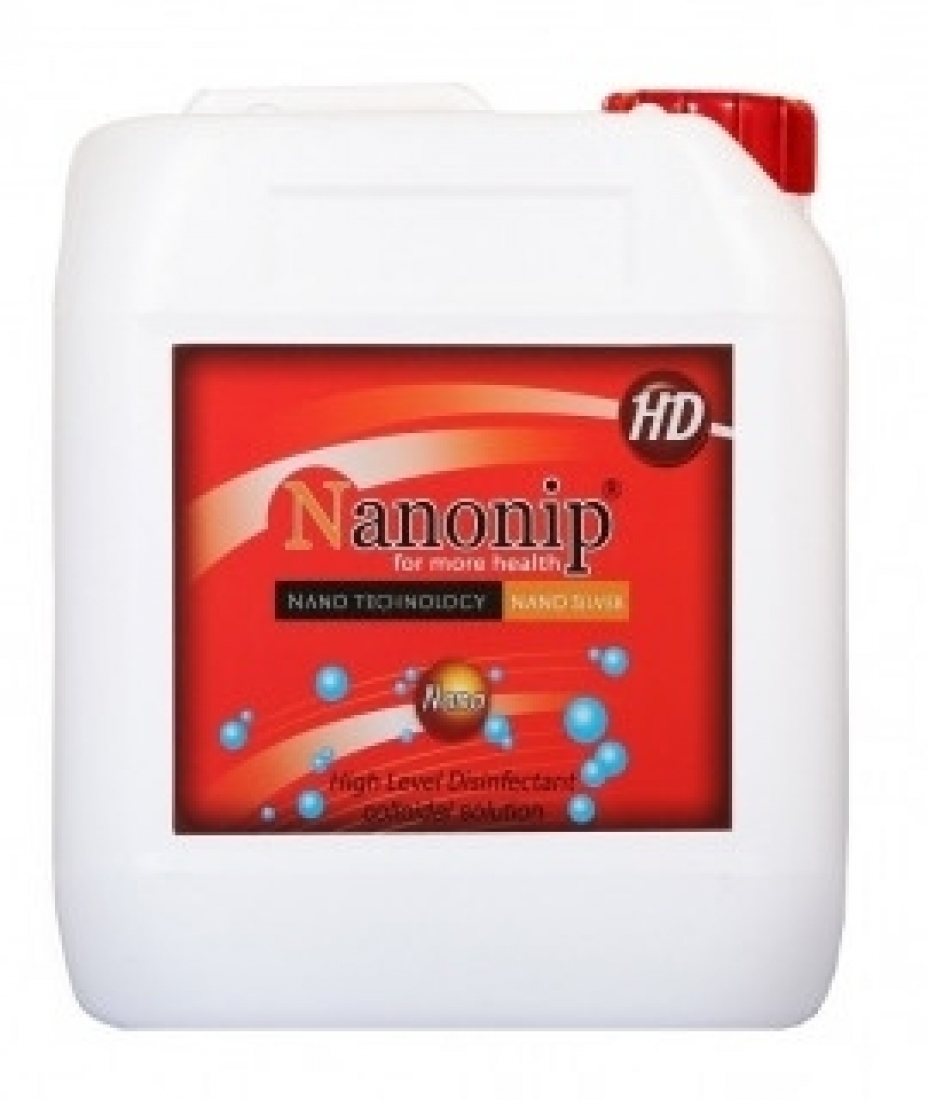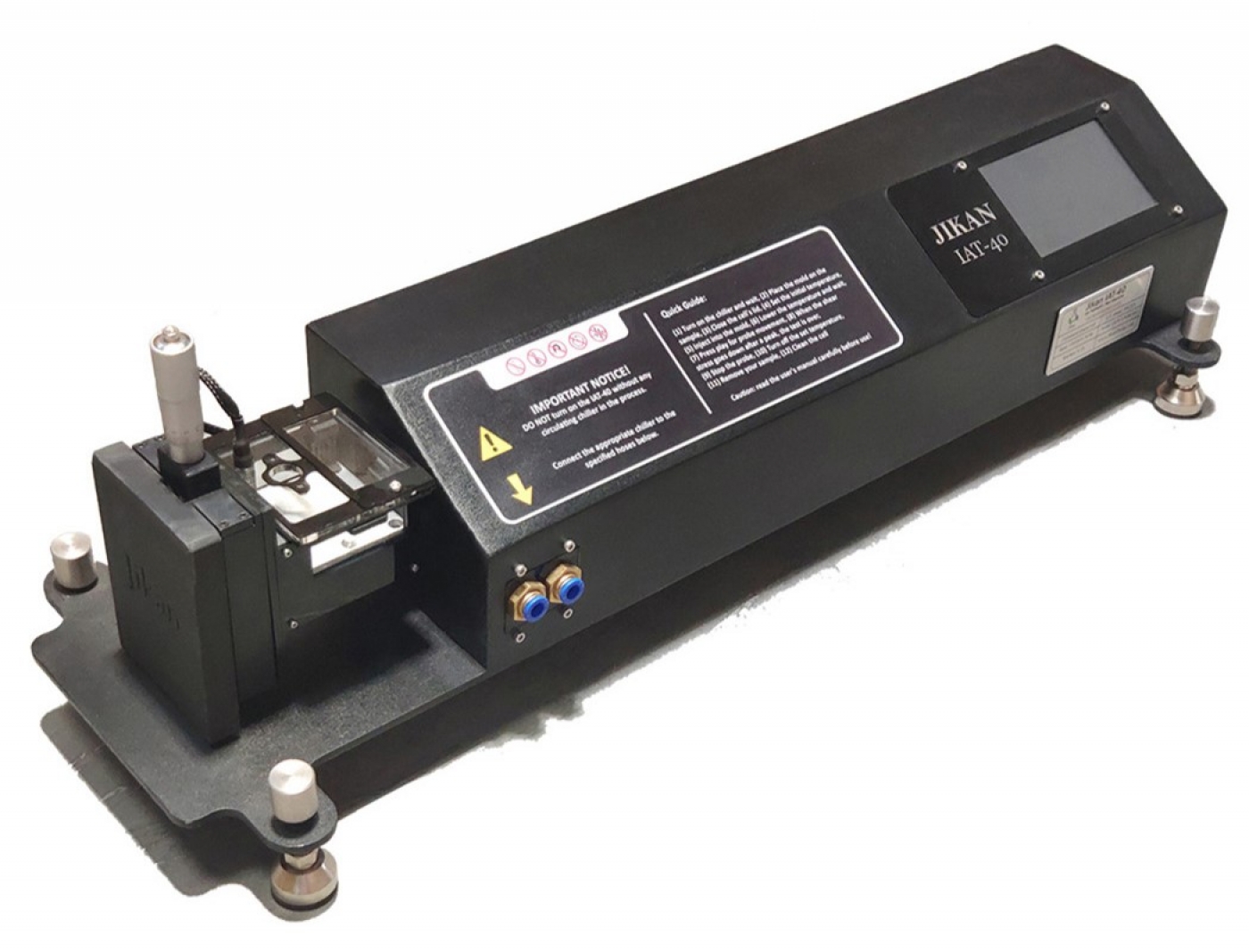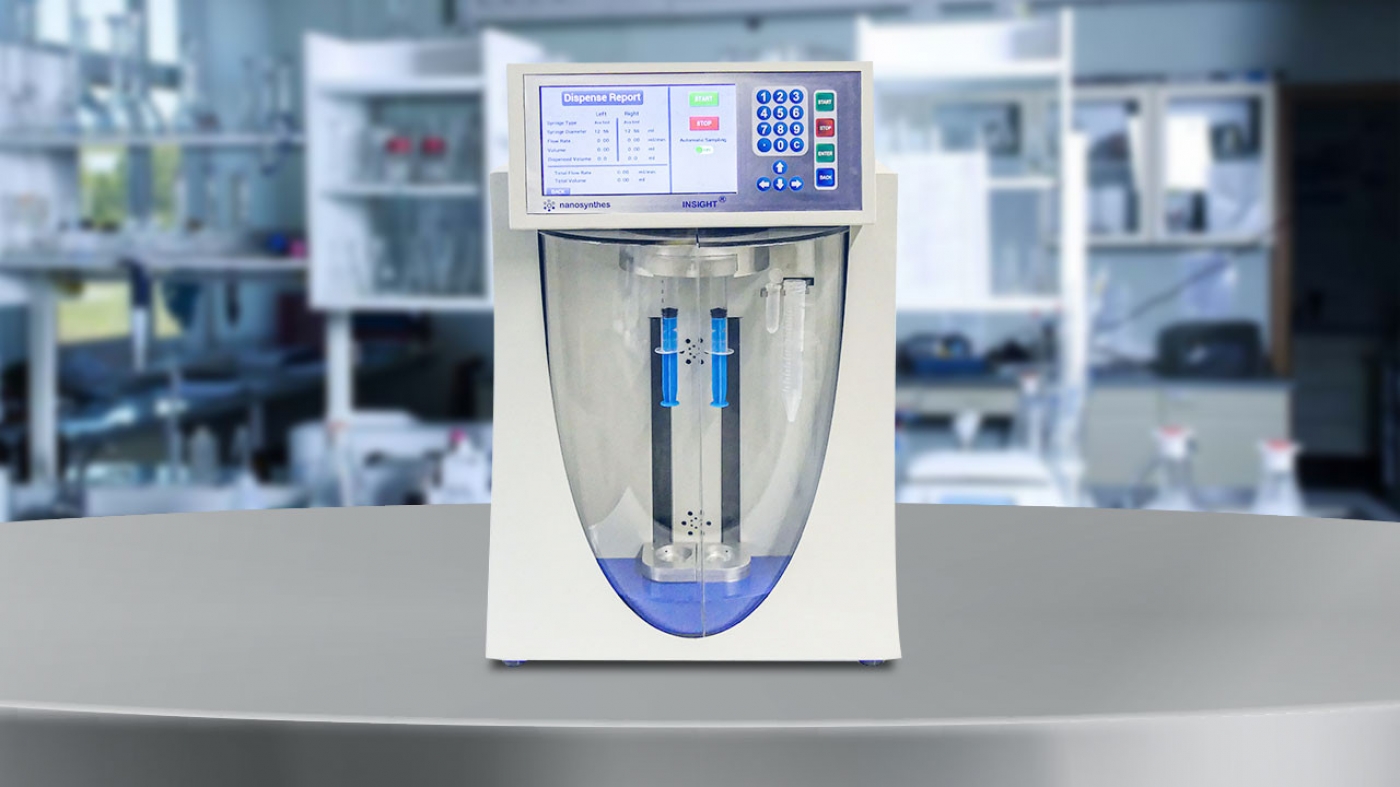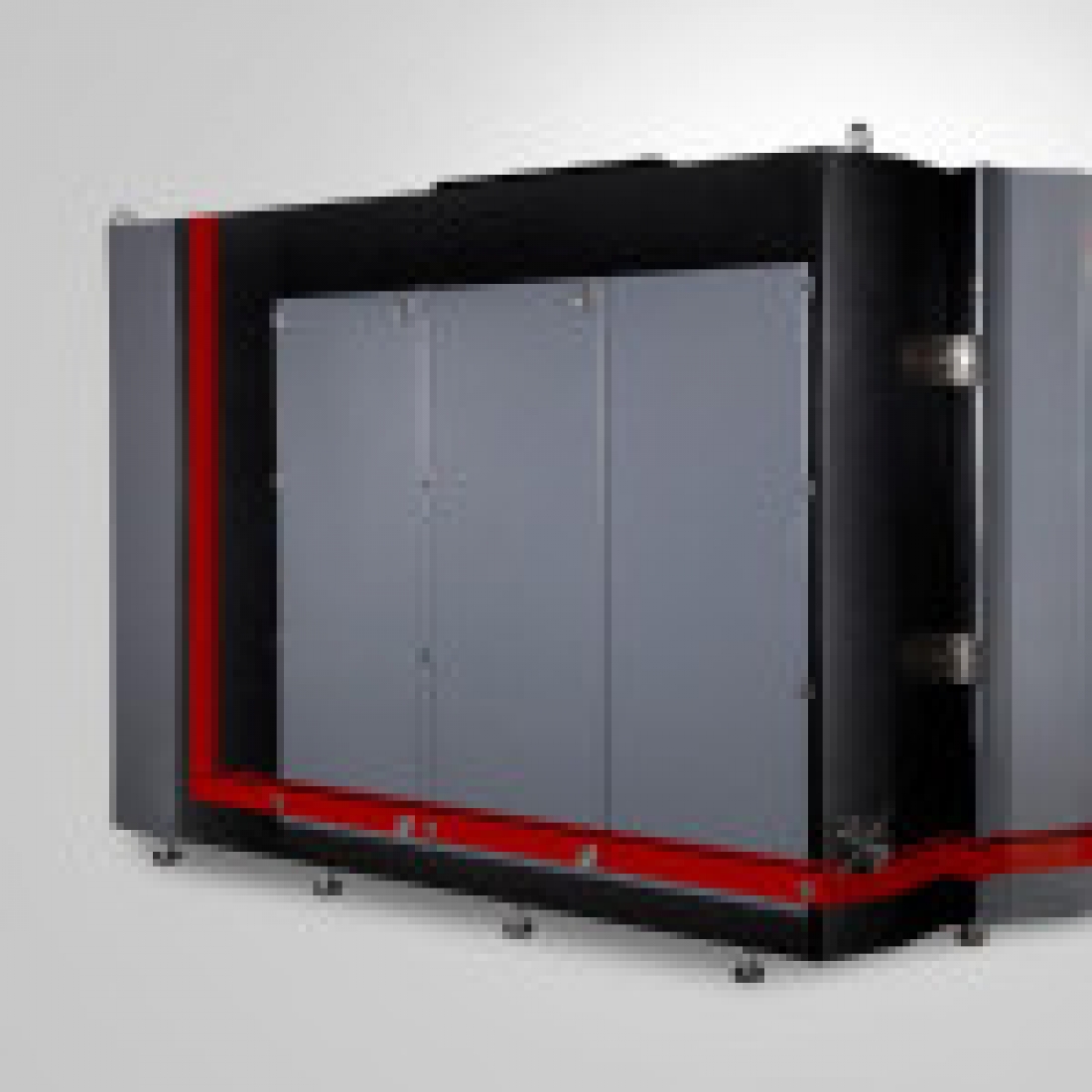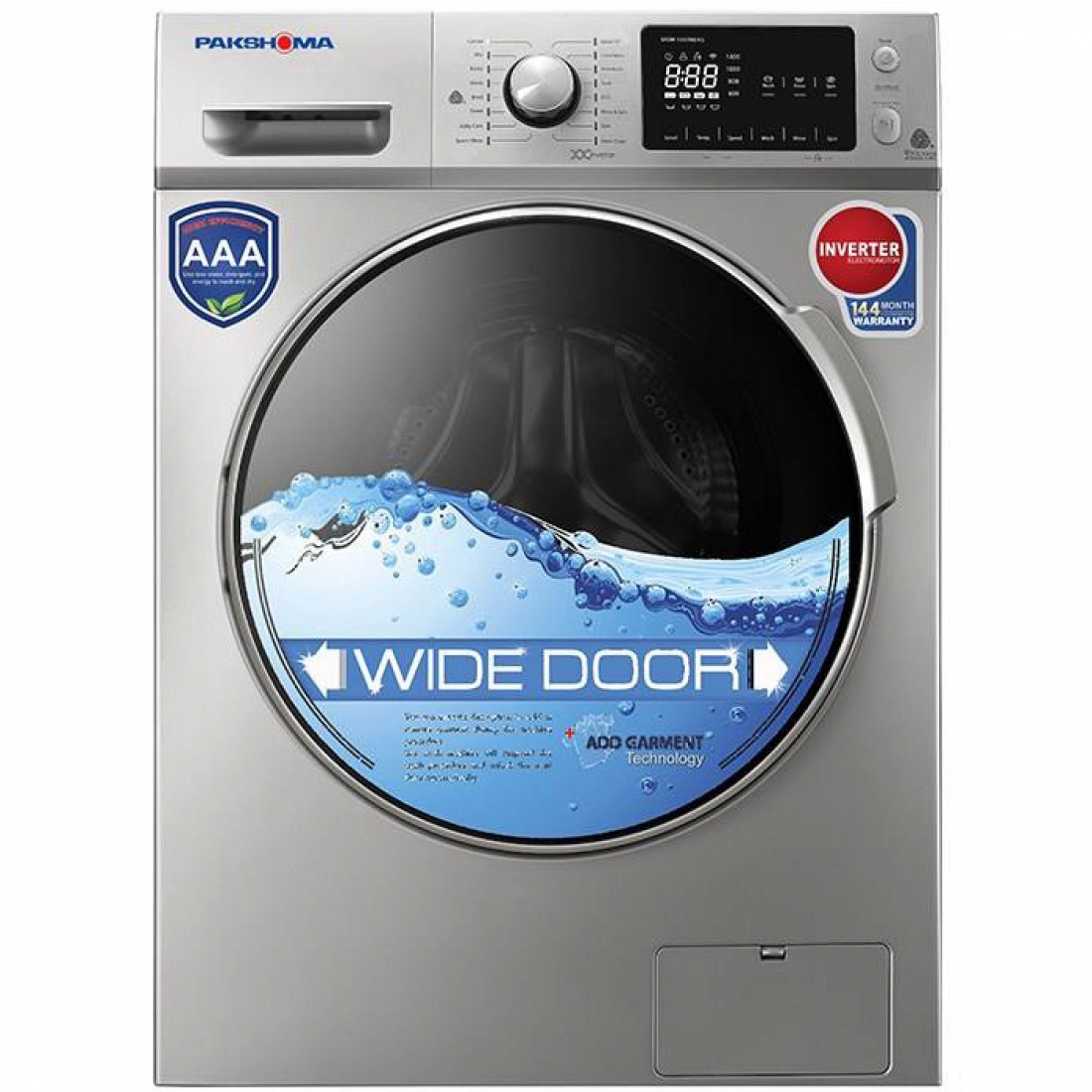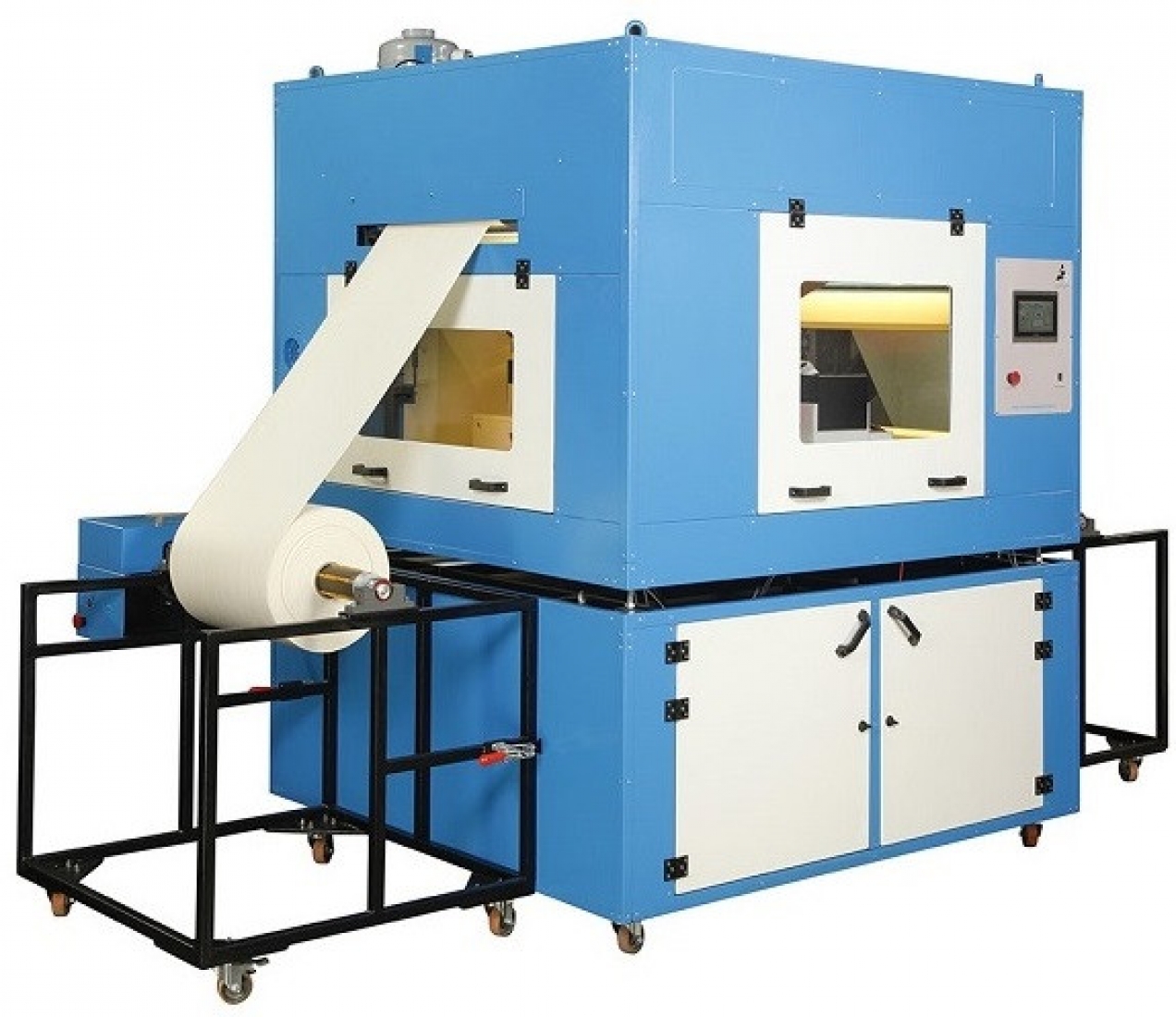
Filtration is a mechanical or physical process in which suspended solids are separated from a fluid such as air, water, or oil. The basis of separation in this method is the difference in the size of solid particles (dust or any particles of excess pollution) and fluid droplets (air, oil or gas passing through the filter) and the use of external force to pass material through a mesh membrane such as a filter. Today, industrial filters are used in all factories to separate dust particles or valuable particles such as gypsum, metals, flour, detergents, and cement from the air. An air filter is a fibrous device through which the contaminants attach to the constituent fibers and will not pass. Therefore, the smaller pores in the filter increase the efficiency of the filter and can prevent the passage of smaller particles. For this purpose, the production of membranes with nanoscale pores is very significant. On the other hand, the use of nanofibers due to their high surface area, high length to width ratio, and low density, eliminates a large number of particles during the filtration process, which leads to increasing filtration efficiency. The mechanism of this process is that a thin layer of nanofiber mesh is a barrier to particles; while air passes through a large volume of small pores. This technology does not cause much pressure drop while increasing the dust absorption efficiency. The electrospun fibers are less than 100 nm in diameter and cover the surface of the filter paper uniformly.
The low thickness of filters with nanostructured paper will reduce the pressure drop and consequently energy consumption. The filtration process in this type of filter is performed on the surface, and with nanotechnology, it changes from depth to the surface. This matter causes better air permeability and increases the lifespan of the filter.
